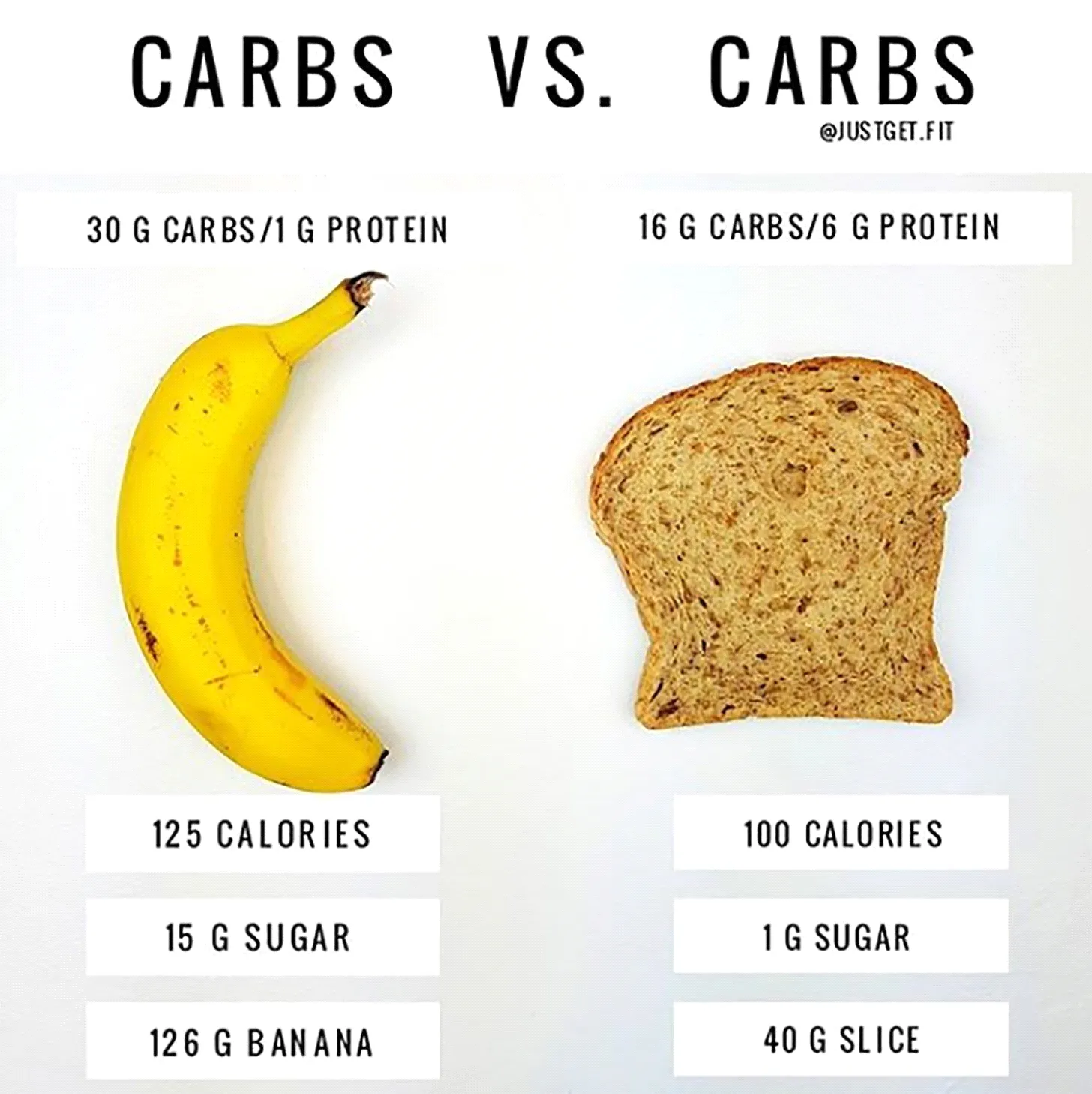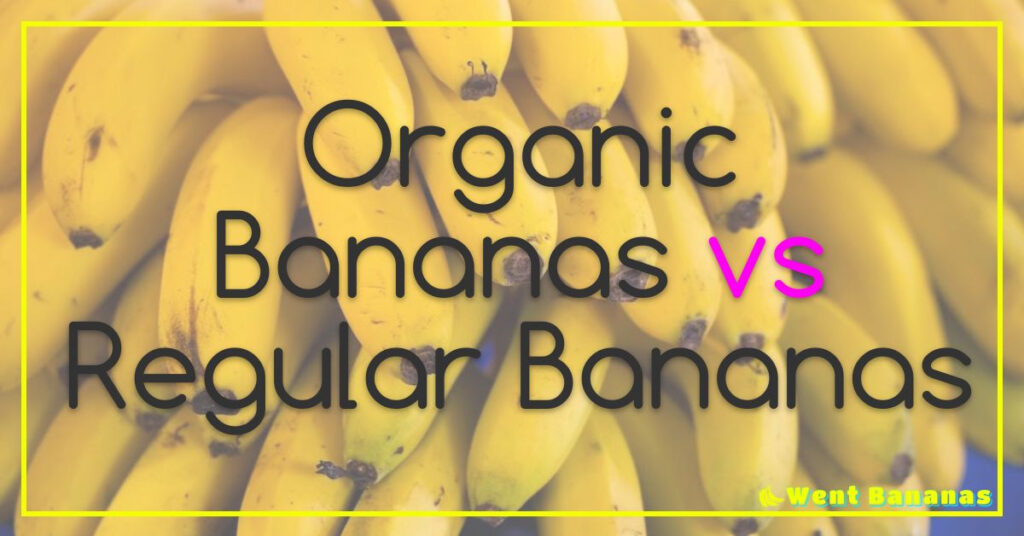The Ultimate Guide to Bananas: Are They a Simple or Complex Carbohydrate?
Are you curious about the nutritional value of bananas and whether they are considered a simple or complex carbohydrate? Look no further! In this article, we will delve into the world of carbohydrates, exploring the differences between simple and complex forms, and ultimately determine where bananas fit into this classification.

But it doesn’t stop there. We’ll also discuss the numerous benefits bananas provide as a source of carbohydrates and the importance of understanding carbohydrate classification in maintaining a healthy diet. For those seeking nutritional guidance and a deeper understanding of banana’s role in a balanced diet, keep reading!
What are carbohydrates?
Bananas are a delicious and nutritious fruit that are chock-full of carbohydrates. But what exactly are carbohydrates, and why do they matter?

Carbohydrates are one of the three macronutrients (along with protein and fat) that our bodies need to function properly. They provide us with energy, which is essential for everything from walking to thinking. Carbohydrates come in two main forms: simple and complex.
Simple carbohydrates, like those found in table sugar or candy bars, are broken down quickly by the body and provide a quick burst of energy. However, this energy is short-lived and can lead to crashes later on. Complex carbohydrates, on the other hand, take longer to digest but provide sustained energy over time.
Bananas contain both types of carbohydrates – simple sugars like fructose and glucose as well as complex starches. This combination makes bananas an excellent source of fuel for anyone looking for sustained energy throughout their day.
So next time you’re looking for a healthy snack or pre-workout fuel, reach for a banana! Its unique blend of simple and complex carbs will keep your body fueled up and ready to go.
What is the difference between simple and complex carbohydrates?
When it comes to carbohydrates, not all are created equal. Simple and complex carbohydrates differ in their chemical structure and how they impact our bodies.
Simple carbohydrates, also known as sugars, are made up of one or two sugar molecules. They are quickly absorbed by the body, providing a quick burst of energy but causing blood sugar levels to spike and crash soon after. Examples of simple carbohydrates include table sugar, honey, and fruit juice.
On the other hand, complex carbohydrates are made up of multiple sugar molecules linked together in a chain. They take longer for the body to break down and provide sustained energy over a longer period of time. Examples of complex carbohydrates include whole grains, vegetables like sweet potatoes and squash, and fruits like bananas.
Bananas contain both simple and complex carbohydrates in different proportions depending on their ripeness. Unripe bananas have more resistant starches which act similarly to fiber in the body while ripe bananas have more simple sugars which give them their sweetness.
Understanding the differences between simple and complex carbohydrates can help people make informed choices about what they eat for optimal health benefits. By incorporating more complex carbohydrate-rich foods like bananas into their diets rather than relying solely on simple sugars from processed foods or drinks can help improve overall well-being.
What category does a banana fall into?
Bananas, often mistaken as a fruit, are actually classified as a berry. Yes, you read that right – a berry! This might come as a surprise to many people, but botanically speaking, bananas fit all the criteria of being a berry.

In fact, bananas belong to the genus Musa in the family Musaceae. They grow on large herbaceous flowering plants that are native to tropical regions of Southeast Asia and Australia. Each bunch of bananas is technically an inflorescence with multiple flowers that eventually develop into individual fruits.
What’s even more interesting is that there are different varieties of bananas with varying shapes, sizes and colors. Some are sweet while others have a slightly tangy taste. And did you know that there are even red and pink varieties?
So while we may commonly refer to them as fruits in our everyday language, it’s important to understand their true botanical classification as berries. This knowledge not only helps us appreciate the diversity within the plant kingdom but also sheds light on how we categorize foods based on their scientific characteristics.
The benefits of bananas as a source of carbohydrate.
Bananas, the humble fruit that is often overlooked, are actually a great source of carbohydrates for those looking to fuel their bodies with energy. This yellow-skinned wonder contains complex carbohydrates that are slowly released into the bloodstream, providing sustained energy throughout the day.
In addition to being a great source of energy, bananas also contain important vitamins and minerals such as potassium, vitamin C and B6. These nutrients help improve overall health and wellbeing by supporting nerve function, promoting healthy blood pressure levels and boosting the immune system.
One of the greatest benefits of bananas as a carbohydrate source is their versatility. They can be eaten on their own as a snack or added to smoothies, oatmeal or baked goods for an extra boost of nutrition. And with their naturally sweet taste, they make for a delicious addition to any meal.

« if banana is apple apple is grapes
The Ultimate Guide to Knowing When Your Banana Bread is Done: Tips and Tricks for Perfect Baking! »
So next time you’re looking for an easy-to-digest carbohydrate source that’s packed with essential nutrients and tastes great too, reach for a banana! Your body will thank you for it.
The importance of understanding the classification of carbohydrates for diet and nutrition.
Bananas are a delicious and nutritious fruit that is loved by many. However, few people understand the importance of understanding carbohydrate classification for diet and nutrition when it comes to this yellow wonder.
Carbohydrates are one of the three macronutrients that provide energy to our bodies. They can be classified into simple and complex carbohydrates. Bananas contain both types of carbohydrates, making them an excellent source of energy.
Simple carbohydrates, also known as sugars, are quickly absorbed by the body and provide a burst of energy. Bananas contain fructose, glucose, and sucrose, which are all simple sugars. These sugars give bananas their sweet taste but also make them ideal for quick energy boosts during physical activity or when you need a pick-me-up.
Complex carbohydrates take longer to digest than simple carbs because they have more chemical bonds that need to be broken down before they can be absorbed by the body. Bananas also contain complex carbs in the form of starches such as amylose and amylopectin.
These complex carbs provide long-lasting energy that keeps you feeling full for longer periods between meals. This makes bananas an excellent snack choice for anyone looking to maintain steady blood sugar levels throughout the day.
In conclusion, understanding carbohydrate classification is crucial when it comes to diet and nutrition when incorporating bananas into your daily routine. By knowing what types of carbs are present in this fruit, you can better tailor your dietary needs to optimize health benefits while still enjoying its delicious taste!
Check out our other articles to find out even more about banana.
Bananas are a unique food because, despite what many people think, they are actually classified as complex carbohydrates. This means that bananas offer a range of nutritional benefits and can be effectively incorporated into healthy diets for both adults and children alike. If you want to learn more about how beneficial this delicious fruit really is, check out our other articles to find out even more about banana!










